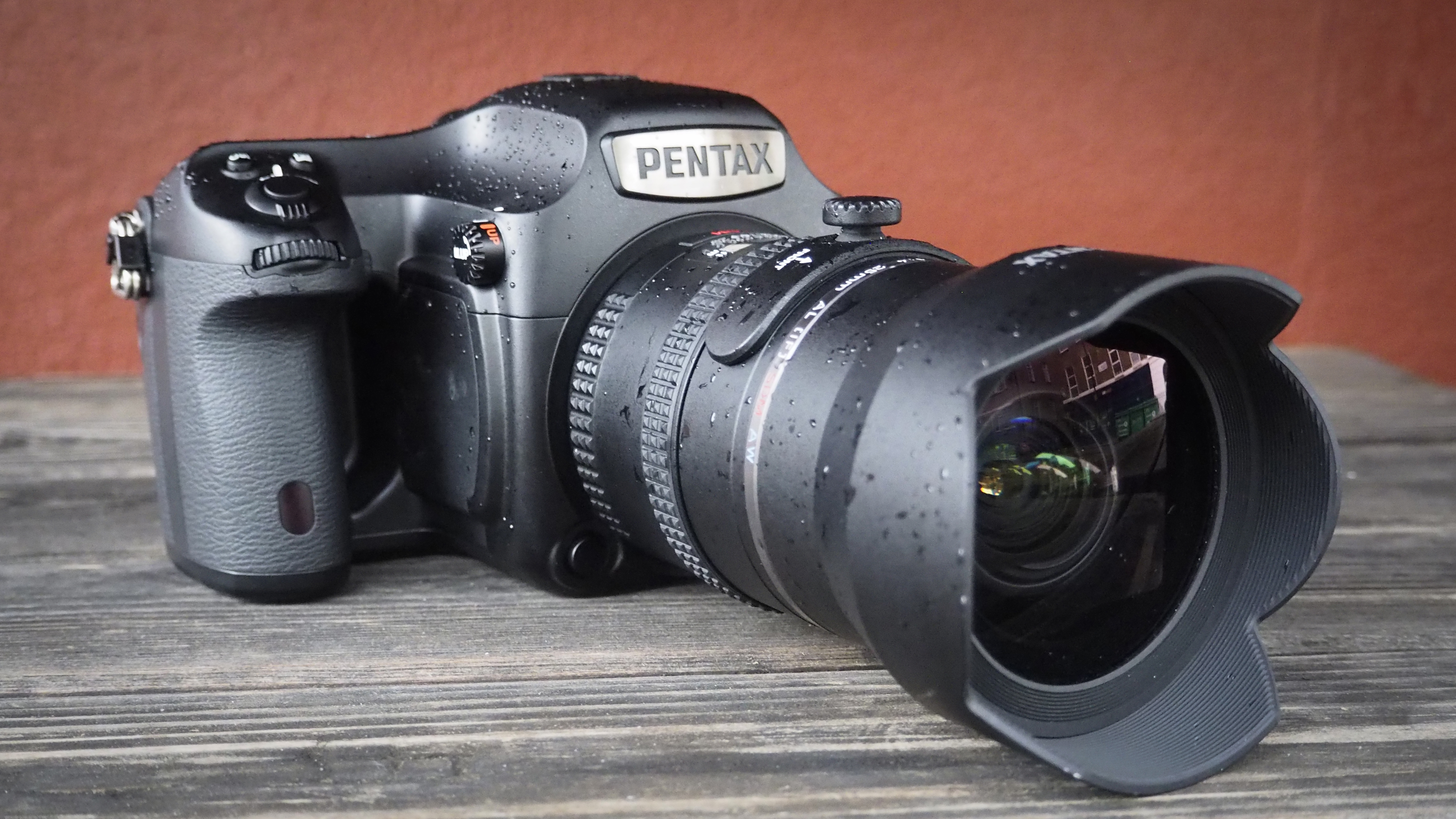Why you can trust TechRadar
The key advantage of having 51 million effective pixels on a medium format sensor is that it's possible to record lots of detail. Also, because those pixels are relatively large, they generate a strong signal that means noise levels can be kept down. This is immediately apparent in the images from the 645Z – they have a huge amount of sharp detail and little noise at the low to mid-range sensitivity settings.
Even at the highest sensitivity setting (ISO 204,800) noise is controlled comparatively well. There is some coloured speckling visible, but detail appears to be better retained than in images from small format SLRs with such settings. Nevertheless, most photographers will still only want to use it for emergencies as there's a visible granular texture and colour saturation drops significantly.
Stepping down to ISO 6400 results in images that look significantly better, with plenty of detail, making using this setting realistic. It makes the 645Z much more versatile than the 'average' digital medium format camera and it's feasible that owners might use it handheld to shoot events.
The raw files, which are in the convenient DNG format or Pentax's own PEF format, naturally have more detail than simultaneously captured JPEGs, and it's possible to strike a nice balance between detail visibility and noise suppression during post-capture processing.

Thanks to the 645Z's relative portability the auto white balance and general purpose metering systems are more likely to be used than with some more studio-bound medium format cameras. As we have found with other Pentax SLRs, the Multi-segment metering system (which in this case uses a dedicated 86K pixel RGB sensor) generally behaves well, but it is prone to underexposing when faced with bright subjects or if there are large bright areas in the scene. This is something that the target user of the camera is likely to anticipate and is easily dealt with via the exposure compensation control.
The automatic white balance system also does a good job in a range of natural lighting conditions, but as is often the case, a custom white balance setting is a better bet in artificial light. Given the level of photographic experience that the typical 645Z user is likely to have, many would automatically set a custom white balance anyway, or simply resolve to perfect white balance when processing the raw files.
Similarly, most users are likely to create any image effects themselves rather than use the Custom Image options (Bright, Natural, Portrait, Landscape, Vibrant, Radiant, Muted, Bleach bypass, Reversal film, Monochrome, Cross processing) that tailor the appearance of JPEGs, but they are a fun addition and something we are familiar with from small format SLRs and compact system cameras.
In the Natural setting, the 645Z generally delivers pleasant looking images with natural colours.
While the 645Z's AF system can't compete with a high-end small format SLRs, it is pretty impressive considering the size and weight of the elements inside the compatible lenses. It's much faster than most SLRs' Live View AF systems, and even in quite low light it homed in on its target decisively with no hunting, though it starts to struggle when subjects get close to the minimum distance. It's a viable option for hand-held photography.
